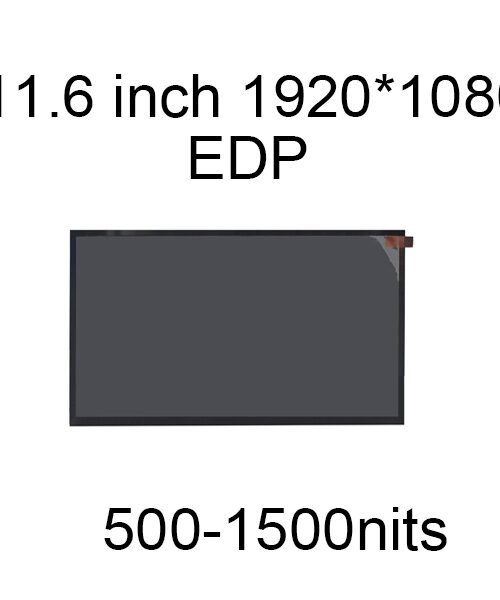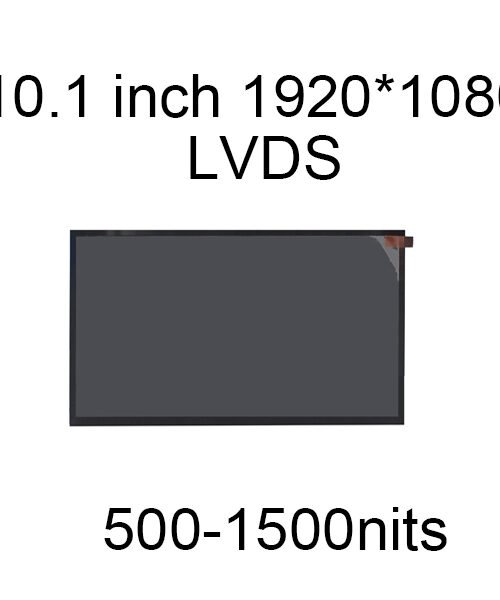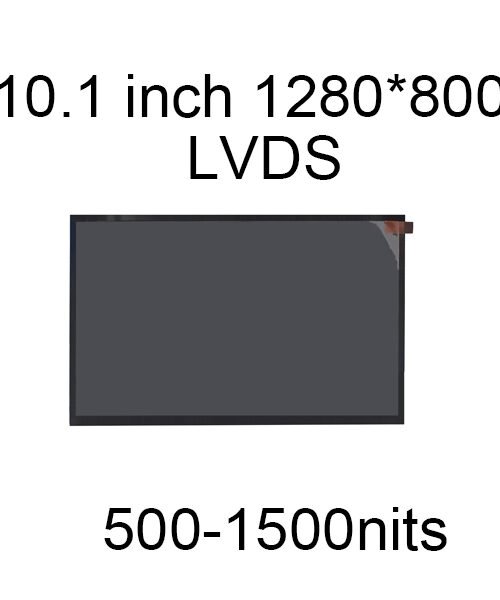Selecting the best monitor for outdoor use involves careful consideration of various factors such as lighting conditions, environmental elements, durability, and visibility. Outdoor environments present unique challenges, and the choice of the right monitor is critical for applications like digital signage, outdoor kiosks, public displays, and more. In this comprehensive guide, we’ll explore the types of monitors best suited for outdoor use, their characteristics, and the key factors to consider when making a selection.
Types of Monitors for Outdoor Use:
High-Brightness LCD Displays:
Characteristics: High-brightness LCD displays are specifically designed to combat outdoor lighting challenges. They have exceptional brightness levels, often ranging from 1,000 nits to 5,000 nits or more, to ensure visibility in direct sunlight.
Advantages: These displays offer excellent outdoor visibility, maintaining vibrant and sharp visuals even in bright sunlight. They are suitable for outdoor digital signage, kiosks, and advertising displays.
Limitations: High-brightness LCDs may have higher power consumption and be less energy-efficient than other types of displays. They also require protection from environmental elements, like rain and dust, to prolong their lifespan.
Ruggedized Industrial Monitors:
Characteristics: Ruggedized industrial monitors are built to withstand harsh outdoor conditions. They feature durable enclosures, often made of metal or heavy-duty plastic, and have high shock and vibration resistance.
Advantages: These monitors are designed for reliability in demanding environments. They offer protection against physical damage, environmental elements, and wide temperature ranges. They are ideal for manufacturing floors, industrial applications, and outdoor workstations.
Limitations: Ruggedized monitors may not always offer the same level of brightness as high-brightness LCDs. Customization options may also be limited compared to consumer-grade displays.
Outdoor LED Displays:
Characteristics: Outdoor LED displays consist of LED modules that can be combined to form large screens or billboards. They are often used for digital billboards, stadium displays, and large-scale outdoor advertising.
Advantages: LED displays are known for their high brightness and visibility in direct sunlight. They offer excellent contrast and vibrant colors, making them ideal for large outdoor installations. LED displays are energy-efficient and can be customized to different sizes and shapes.
Limitations: The initial cost of LED displays can be high. They are not suitable for small-scale or portable outdoor applications due to their size and weight.
Transflective LCD Displays:
Characteristics: Transflective LCD displays are designed to work well in both direct sunlight and low-light conditions. They are often used in marine and automotive applications.
Advantages: Transflective displays are readable in various lighting conditions, making them versatile for outdoor applications. They are energy-efficient and offer good outdoor visibility.
Limitations: Their availability may be limited, and they are not as common as high-brightness LCDs or LED displays. Additionally, they may not achieve the same level of brightness as high-brightness LCDs.
Outdoor TV Monitors:
Characteristics: Outdoor TV monitors are consumer-grade TVs specifically designed for outdoor use. They come with weatherproof enclosures and high-brightness screens.
Advantages: These monitors are designed for easy installation and are suitable for residential outdoor use. They offer a balance between home entertainment and outdoor visibility.
Limitations: Outdoor TV monitors may not be as durable or as bright as high-brightness LCDs or LED displays. They are primarily intended for residential and leisure use.
Key Considerations for Choosing an Outdoor Monitor:
Brightness: The monitor’s brightness level is a critical factor for outdoor visibility. Ensure that the monitor has sufficient brightness, typically measured in nits, to combat direct sunlight and bright ambient lighting.
Durability and Weather Resistance: Consider the monitor’s build quality and protection against environmental elements like water, dust, and extreme temperatures. An IP rating can help determine its level of protection.
Size and Resolution: Choose a monitor size and resolution that best suits your outdoor application. Larger screens may be necessary for public displays, while smaller monitors may be suitable for kiosks.
Energy Efficiency: If energy efficiency is a concern, opt for displays with lower power consumption. LED displays are often more energy-efficient than high-brightness LCDs.
Customization: Determine whether you need a customizable solution. LED displays can be tailored to different sizes and shapes for specific outdoor installations.
Longevity: Consider the operational lifespan of the monitor, especially for long-term outdoor installations. Ruggedized industrial monitors tend to have a longer lifespan.
Touchscreen Capability: If your application requires interactivity, choose a monitor with touchscreen functionality. Capacitive or resistive touchscreens are common options.
Mounting Options: Ensure that the monitor can be easily mounted or installed in your specific outdoor setting, whether it’s wall-mounted, pole-mounted, or integrated into a kiosk.
Budget: Determine your budget and assess the cost of the monitor, including installation and any necessary accessories.
Content Management: Consider how you’ll manage and update content on the monitor. Some outdoor displays come with built-in media players or offer compatibility with content management systems.
Maintenance and Support: Ensure that the manufacturer or supplier provides adequate support and maintenance options for the chosen monitor.
In conclusion, choosing the best monitor for outdoor use depends on the specific requirements of your application. High-brightness LCD displays are suitable for outdoor visibility and are common in digital signage. Ruggedized industrial monitors are ideal for demanding environments. LED displays offer unparalleled brightness for large-scale installations. Transflective LCD displays provide versatility in varying lighting conditions. Outdoor TV monitors are designed for residential use. Careful consideration of factors like brightness, durability, customization, and budget will help you select the right monitor to meet your outdoor display needs.







